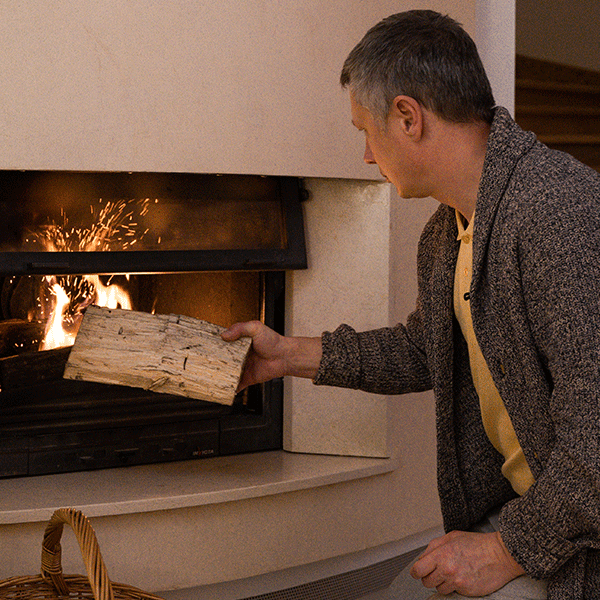The Importance of Good Chimney Venting
The goal of chimney ventilation is to assure the effective and safe removal of combustion byproducts from the interior of a building, such as carbon monoxide, sulfur dioxide, and other potentially dangerous gasses. A chimney is intentionally built vertically to allow the exhaust from your fireplace to rise up and escape out of the chimney flue. However, if a chimney is not properly vented, these harmful pollutants can seep back into your home. In this blog we will cover all of the chimney venting basics and how you can make sure your chimney is venting properly.

What are the Purposes of Chimney Venting?
Chimney venting serves several key purposes:
Exhaust Harmful Gases
The flue lining is primarily used to carry flue gases up and out of your home or building. This can be exhaust from your fireplace, wood stove, boiler, furnace or water heater – all use the chimney for venting. According to common code, “the flue liner, chimney inner wall or vent inner wall shall be continuous and free of cracks, gaps, perforations or other damage or deterioration that would allow the escape of combustion products, including gases, moisture and creosote.”
Draft Enhancement
A chimney draft is the natural or induced flow of air through a chimney system. The movement of air is induced by the temperature difference between the air inside the chimney and the air outside the chimney and can be highly affected by a poor venting system. Similar to a straw with a hole in it, a continuous venting system that lacks gaps and obstructions is critical for suitable venting of combustion byproducts and the effective operation of fuel-burning appliances, including fireplaces.
Combustion Air Supply
Fuel-burning appliances require an adequate supply of fresh air to carry out the combustion process; tight rooms and basements restrict this important function. Inadequate airflow can result in incomplete combustion, lower efficiency, and the formation of hazardous byproducts such as carbon monoxide as we mentioned before. Makeup (combustion) air is a principal factor for proper draft and imperative for high efficiency or closed combustion units such as gas inserts.
Kinds of Chimney Ventilation
Steel
The most common type of chimney venting is steel. Steel, depending on alloy, can be used for all fuels and come in a variety of different sizes and shapes to meet your venting needs.
Plastic
Plastic venting, polypropylene and cPVC, are becoming more common with the popularity of modern high efficiency boilers. These heating appliances have low burning temperatures and produce more condensation than your standard atmospheric heating equipment, which makes plastic venting a great and cost effective choice.
Cerfractory Coating
Developed in Europe, Cerfractory coating is an ideal choice for fireplaces. Made of recycled and naturally occurring materials, when applied, Cerfractory restores the integrity of the chimney without reducing the venting area like steel products.

How to Ensure Proper Chimney Ventilation
A poorly vented chimney can quickly cause major problems, so it is important that homeowners know what to look out for to ensure their chimney is safe to use. If your fireplace is becoming very smokey or if the smoke seems stagnant and unable to travel up the chimney this could be a sign of poor venting. Or if you notice the smoke is being pushed back into your home this is also a major warning sign. The best way to ensure that your chimney has a proper venting system is to get regular chimney inspections. A professional chimney inspector will make sure that there are no blockages and that everything is working how it’s supposed to. Let us help you out and give you peace of mind. Click here or give us a call to get started!
The post The Importance of Good Chimney Venting appeared first on Boston's Best Chimney.
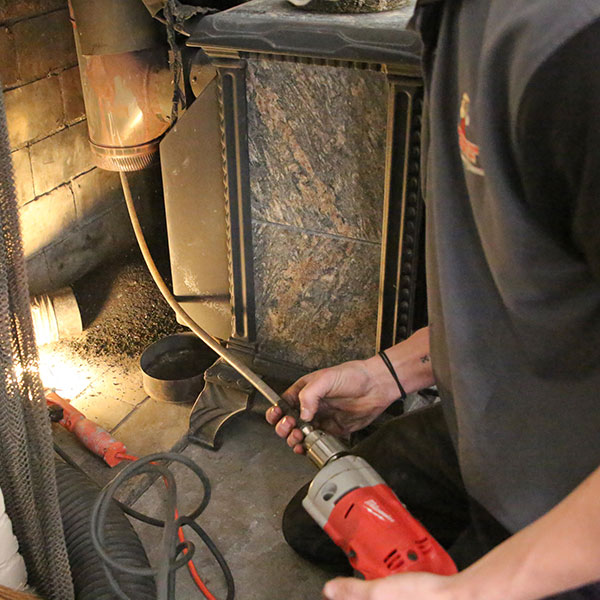 Creosote Removal
Creosote Removal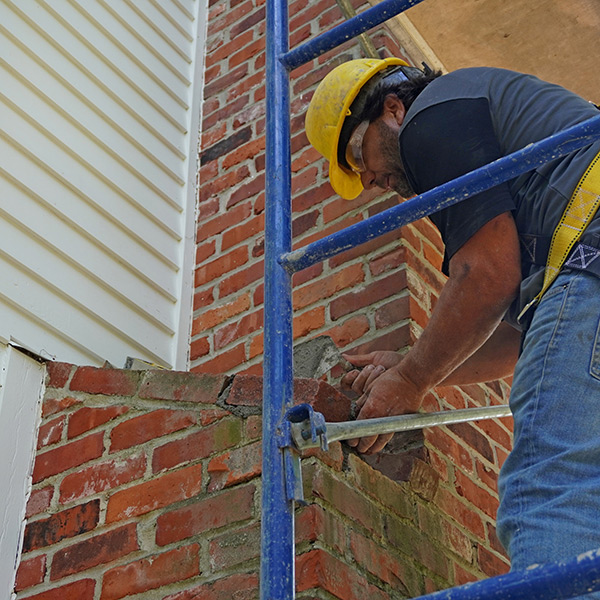



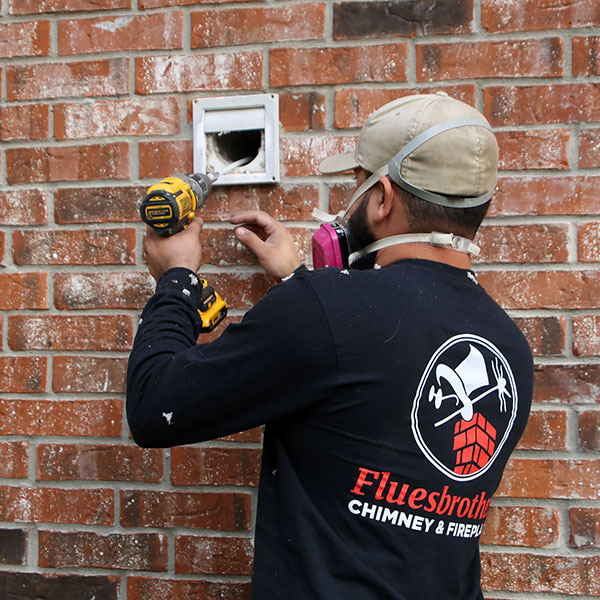 According to the US Fire Administration (USFA), nearly 3,000 clothes dryer fires occur annually. In addition to more than $233 million in property damage every year, these fires cause a number of injuries and fatalities.
According to the US Fire Administration (USFA), nearly 3,000 clothes dryer fires occur annually. In addition to more than $233 million in property damage every year, these fires cause a number of injuries and fatalities.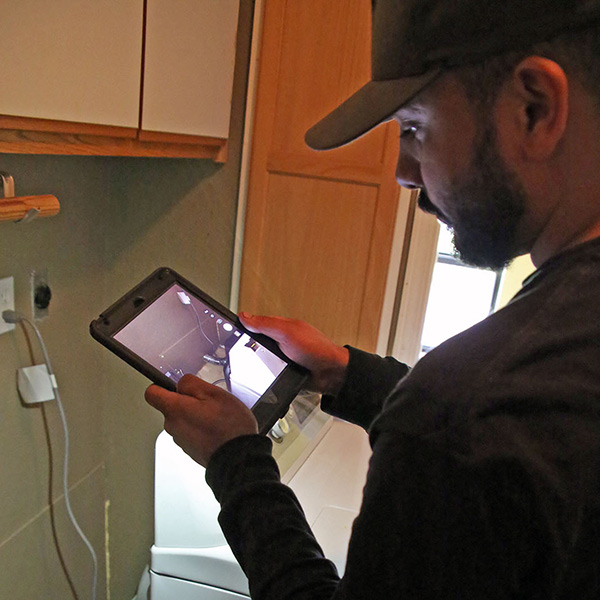 Kansas City Dryer Vent Cleaning Services
Kansas City Dryer Vent Cleaning Services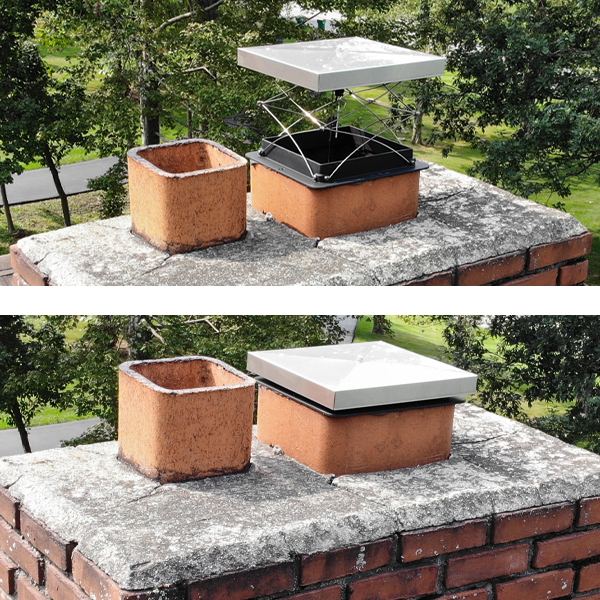 What is a Fireplace Damper?
What is a Fireplace Damper?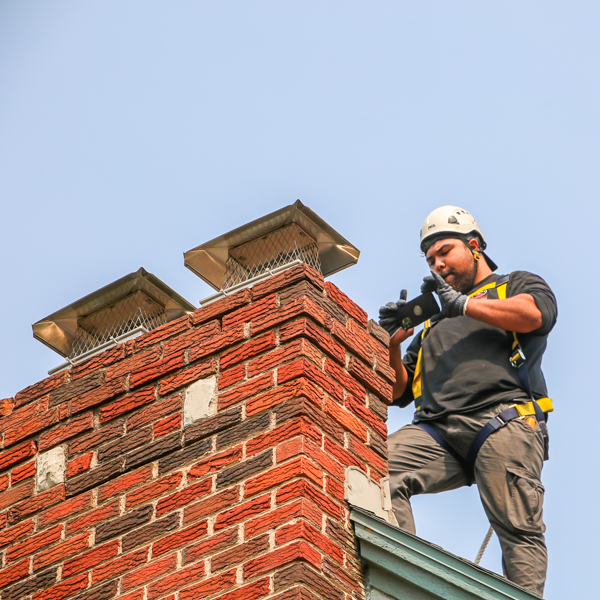 Home Protection
Home Protection
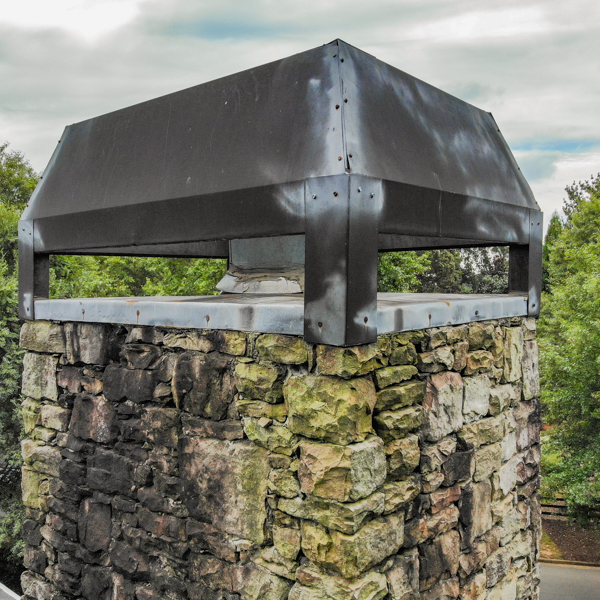 Common Reasons Why Stains Happen
Common Reasons Why Stains Happen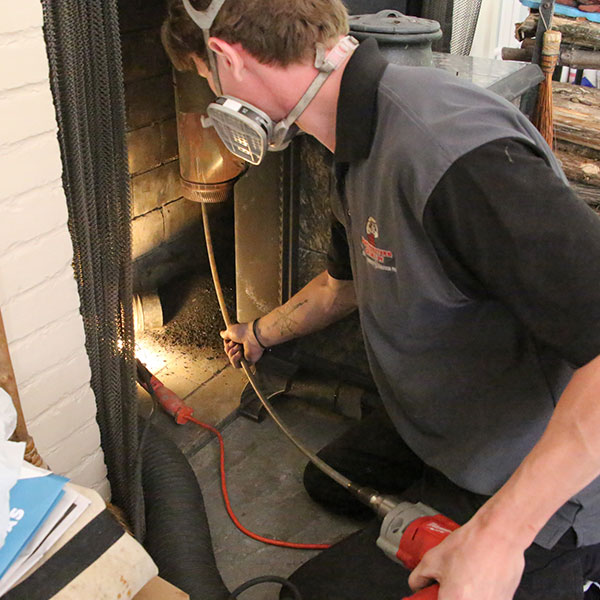
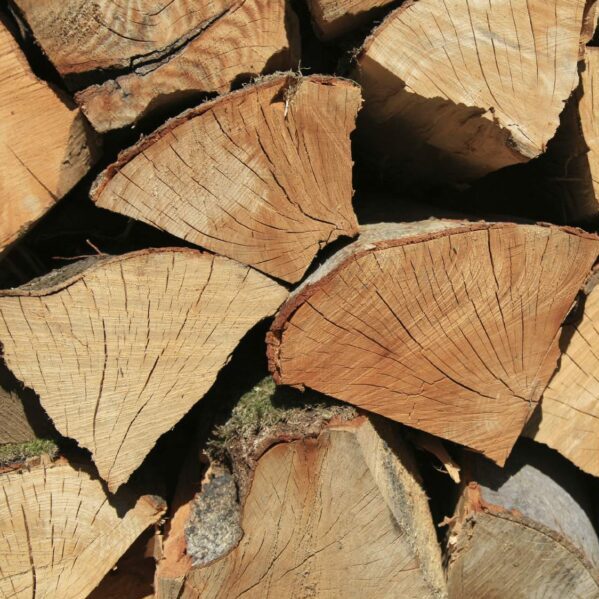 The Fire Triangle
The Fire Triangle